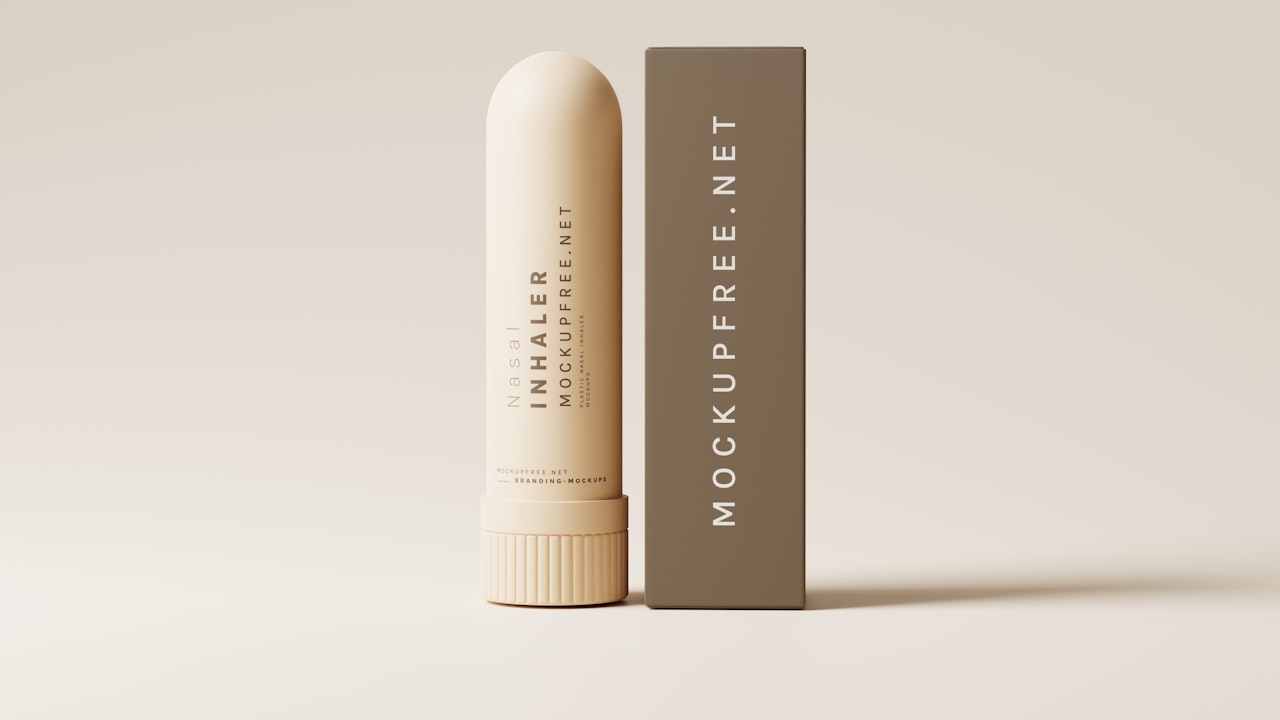Stormwater management systems must include drainage catch basins because they help collect and direct runoff water away from roadways, parking lots, and other paved surfaces. Commonly used materials for catch basin construction include metal, concrete, and plastic. Plastic drainage catch basins have grown in popularity in recent years because of their lightweight construction, dependability, and affordability.
Despite the growing popularity of plastic catch basins, there is still some debate over their effectiveness and longevity compared to other materials. Some experts argue that plastic catch basins may not be as durable as concrete or metal options, while others suggest that they may actually outperform these materials in certain applications.
When it comes to drainage catch basins, there are several different materials to choose from. Each material has its own unique advantages and disadvantages, and selecting the right material for a particular application requires careful consideration of several factors. Depending on the particular requirements and limitations of the location, large basins can be built from a range of materials, such as concrete, steel, and fiberglass.
Keep reading, we will explore five of the most common materials used for drainage catch basins: concrete, steel, fiberglass, polymer concrete, and plastic.
Concrete Drainage Catch Basins
Concrete is a popular material for drainage catch basins due to its durability and strength. Concrete catch basins are typically precast in a variety of sizes and shapes, making them versatile and easy to install. Precast concrete catch basins are made by pouring concrete into a mold, which is then allowed to set and cure before being transported to the construction site. Once on site, the catch basin is lowered into a pre-excavated hole and connected to the piping system.
One of the primary advantages of concrete catch basins is their durability. They are resistant to corrosion, fire, and weathering, making them a good choice for harsh environments. Concrete catch basins can also withstand heavy traffic and loads without cracking or breaking. However, the weight of concrete catch basins can make them difficult to install, and they may require heavy equipment and skilled labor to properly place them.
Steel Drainage Catch Basins
Steel catch basins are another option for stormwater management systems. Steel catch basins are typically fabricated from steel plates that are welded together to form a box-shaped structure. They are often used in high-traffic areas where heavy loads are expected, such as commercial or industrial sites. Steel catch basins can be custom designed to fit specific site requirements and can be painted or coated to resist corrosion.
One of the primary advantages of steel catch basins is their strength. They can withstand heavy loads without cracking or breaking, and they are resistant to corrosion and weathering. However, steel catch basins are typically more expensive than other materials, and they require regular maintenance to prevent rust and deterioration.
Fiberglass Drainage Catch Basins
Fiberglass catch basins are becoming increasingly popular due to their lightweight design and durability. Fiberglass catch basins are typically made by spraying a layer of resin onto a mold, which is then reinforced with fiberglass matting. The resulting structure is lightweight, yet strong and durable. Fiberglass catch basins are resistant to corrosion and weathering, making them a good choice for harsh environments.
One of the primary advantages of fiberglass catch basins is their weight. They are much lighter than concrete or steel catch basins, which makes them easier to install and requires less heavy equipment. However, fiberglass catch basins may be more expensive than other materials, and they may require specialized knowledge and skills to properly install and maintain.
Polymer Concrete Drainage Catch Basins
Polymer concrete catch basins are a relatively new option for stormwater management systems. Polymer concrete is made by mixing polymer resin with sand and other aggregates to create a durable, lightweight material. Polymer concrete catch basins are resistant to corrosion and weathering and can withstand heavy traffic and loads without cracking or breaking.
One of the primary advantages of polymer concrete catch basins is their lightweight design. They are much lighter than concrete or steel catch basins, which makes them easier to install and requires less heavy equipment.
Conclusion
Concrete, steel, fiberglass, polymer concrete, and plastic are all viable options, each with their own unique advantages and disadvantages. Ultimately, the best material for a particular application will depend on a variety of factors, including site-specific conditions, budget, and performance requirements.
